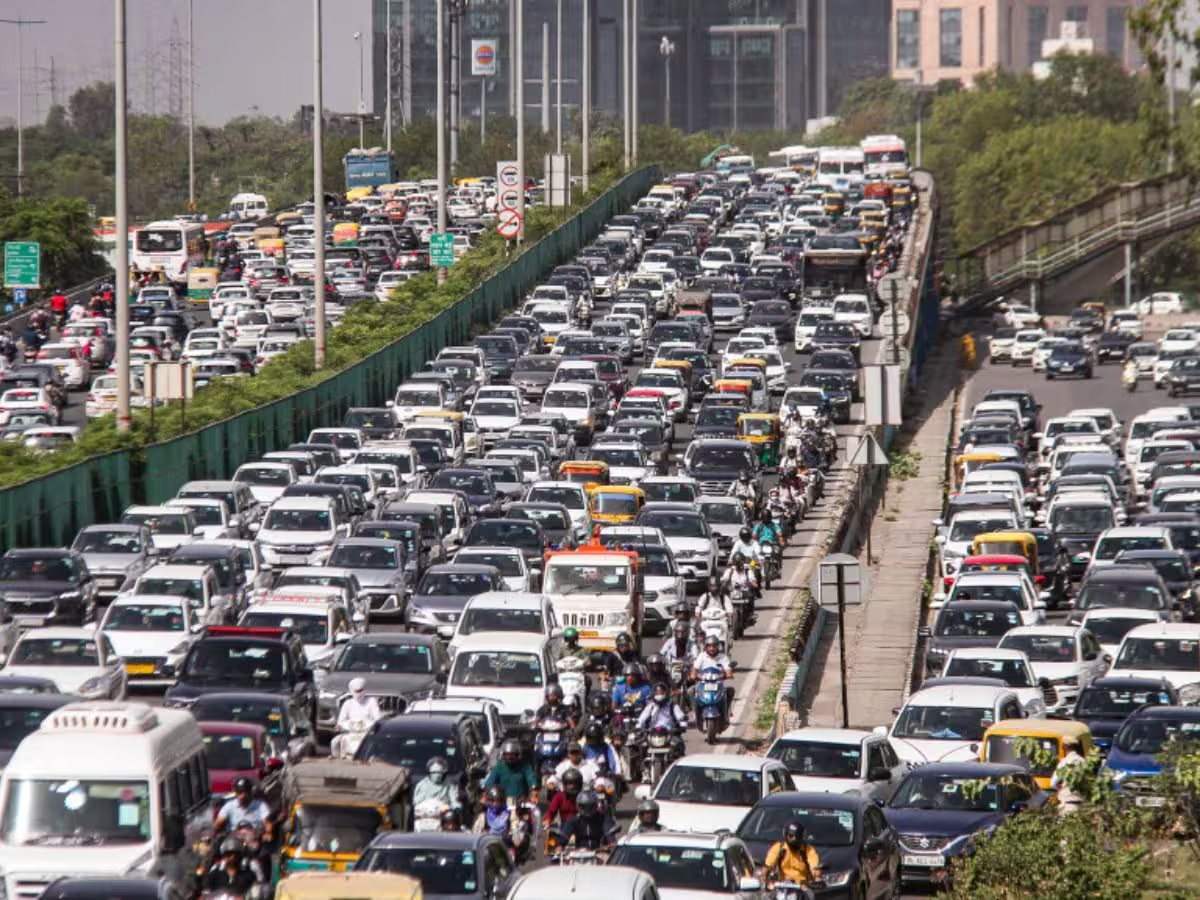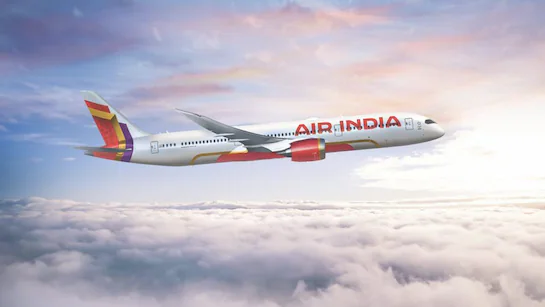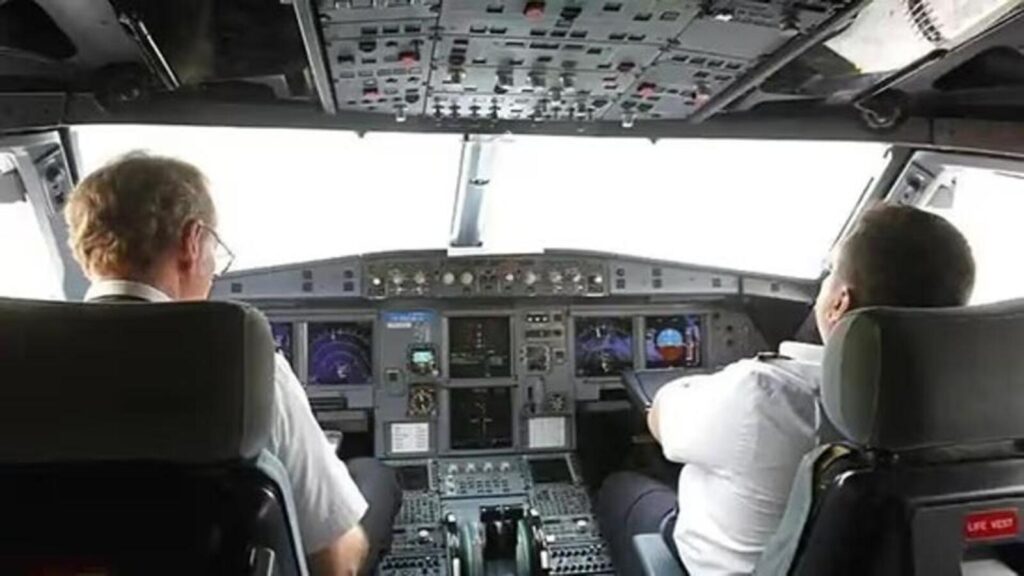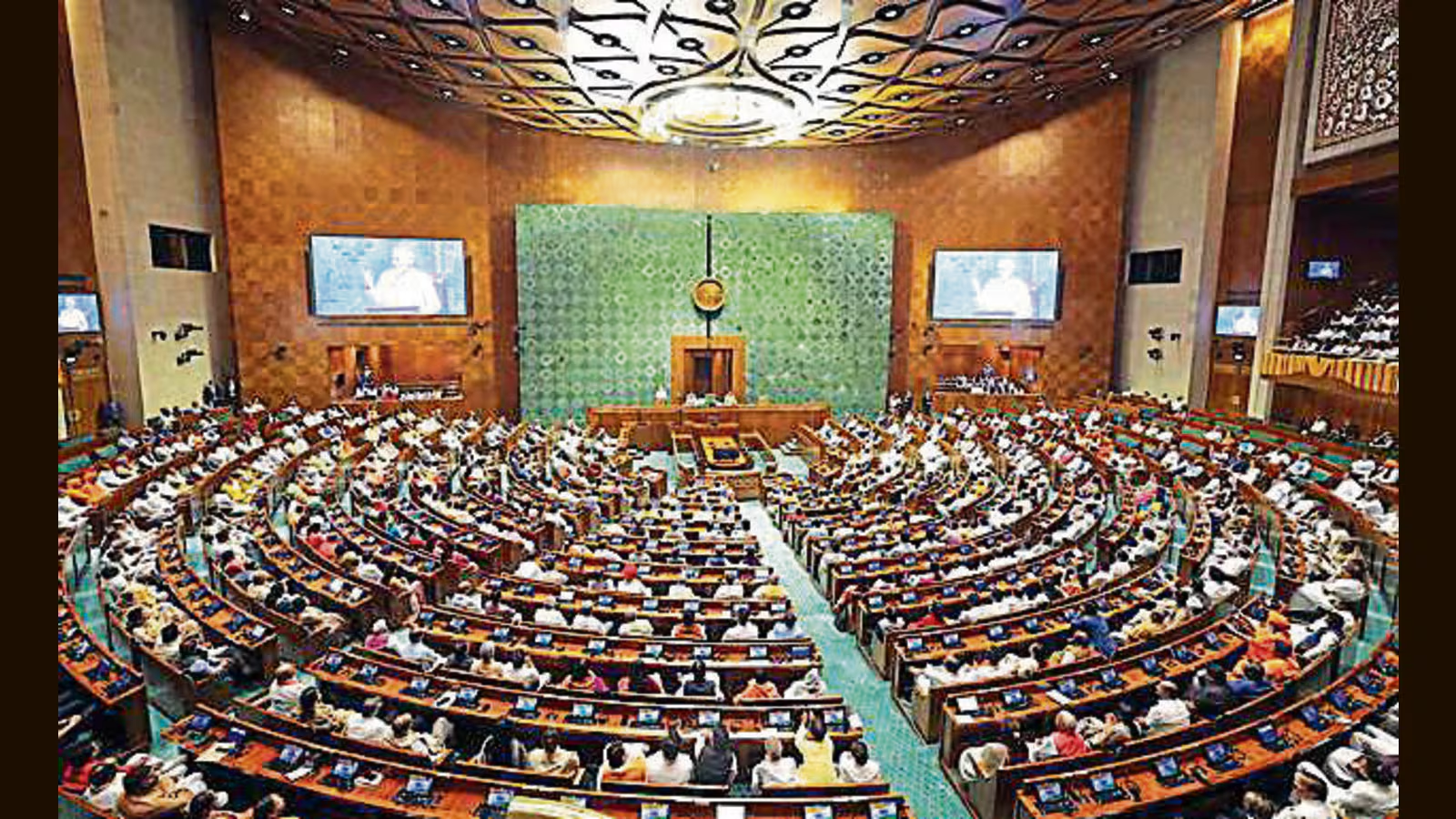Now Reading: Delhi’s Traffic Woes May Ease as New Road Links Promise Faster Travel
-
01
Delhi’s Traffic Woes May Ease as New Road Links Promise Faster Travel
Delhi’s Traffic Woes May Ease as New Road Links Promise Faster Travel

Union Minister Nitin Gadkari announced that Delhi could see nearly 50% less traffic congestion with the opening of two major road projects—the Dwarka Expressway and the Urban Extension Road-II. These new links are expected to transform daily commuting by cutting travel time and creating smoother connectivity with neighbouring regions.
The Dwarka Expressway provides a fresh route between Delhi and Gurugram, easing the heavy load on NH-48. The UER-II project is designed to connect the city with Bahadurgarh, Sonipat, and the airport, creating new entry and exit points that bypass current choke spots. Together, these routes aim to distribute traffic more evenly across the network.
One of the biggest advantages will be reduced travel time. For instance, commuters from Dehradun heading to Delhi airport currently spend over two hours on the road. Once UER-II connects with the Delhi–Dehradun Expressway, that trip could shrink to just 45 minutes. The corridor will also link with the Delhi–Katra Expressway, strengthening interstate mobility.
Supporting infrastructure like a tunnel between Shiv Murti and Nelson Mandela Road, along with elevated corridors near AIIMS, Mahipalpur, and Gurugram, are being built to handle heavy vehicle flow. These upgrades aim to unclog bottlenecks that cause daily standstills across the city.
Logistics operators are also expected to benefit. With smoother movement of goods, transport costs have already shown signs of decline. By 2026, projections suggest logistics expenses could dip into single-digit percentages of overall costs, a change that will positively impact businesses.
For Tier 2 cities such as Sonipat, Bahadurgarh, and Dehradun, the new connectivity offers direct advantages. Faster access to Delhi means improved job opportunities, easier travel for students and professionals, and better access to healthcare and trade markets. This reflects a shift where smaller cities are no longer left on the sidelines but drawn into the capital’s economic and social ecosystem.
Of course, challenges remain. It is yet to be seen how these new routes will handle peak-hour surges once opened fully, and whether environmental concerns will be adequately addressed. However, the projects signal a serious attempt at long-term urban planning aimed at easing one of Delhi’s most stubborn problems.
In the end, while traffic may not disappear entirely, halving congestion would be a major relief. If the execution matches the plan, Delhi and its surrounding regions could soon experience a genuine shift towards faster and more efficient mobility.

























